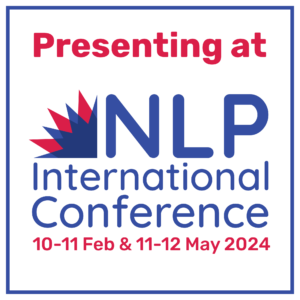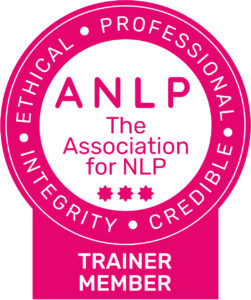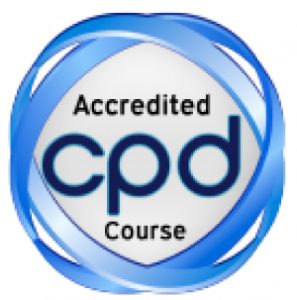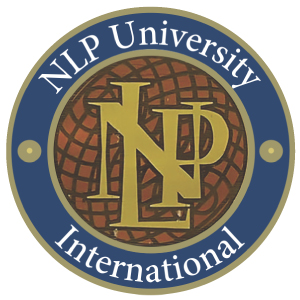Everything You Need to Know to Practice Mindfulness in Ten Minutes
In these times of uncertainty, a lot of us are looking for new ways to experience calmness and reduce our anxiety. In this week’s post, I would like to share with you a Mindfulness Meditation, in the hope that this will help you experience the benefits of mindfulness, and the increased peacefulness that it can bring.
Below are some more helpful tips, as well as answers to some frequently asked questions.
How long and where?
I would start with ten to twenty minutes of seated practice, divided equally between each stage. As you progress, you will naturally extend the practice and stay a shorter period in the earlier steps. Find a place where you will not be disturbed. Generally the counting is done in your mother tongue. A variation of this technique is to do it lying down, to help you go to sleep.
Dealing with distractions
During the process, you can begin to notice how thoughts and feelings (and how they interact) can distract you from focusing on your breathing. When this happens, allow yourself to detach from those thoughts and feelings (there will be two of you as you do this: the ‘thinker/feeler’ and the ‘watcher’ – allow the ‘watcher’ to gently move you back to being fully absorbed into the practice).
Return to a state of presence and peace (now there will be just one of you). Distractions, and with them, a return to ‘normal thinking’ may often return. Again, when you notice this happening, allow the ‘two of you’ or ‘duality’ to come back – simply repeat the process of refocusing on the breath (and counting). I often remind myself to stay focused during the counting phase by saying to myself, “I notice that I am now thinking about XXX and I can deal with that later. But for now, the only thing I have to do is return to the count.”
This is mindfulness: the practice of noticing the arising of thoughts with an attitude of curiosity about the process of thinking, without getting lost or carried away by the content of specific thoughts.
Personal benefits
I have been doing this practice for over 20 years and it has brought me many benefits. I am sure it has made me more effective when communication with other people: I used to be more inwardly focused, aware only of my feelings and wanting to be liked, but not really that consciously aware of others – now I feel more present and engaged.
Perhaps the greatest one is a sense that I can choose to enjoy the moments of my life without my thoughts interupting and taking over. It has also provided me an effective way of taking care of myself; a sense of being part of something bigger and, perhaps most importantly of all, spending more of my life experiencing genuine moments of inner peace and happiness.
Other resources
- (pdf) Mindfulness Breathing Techniques by Robbie Steinhouse
- Mindcoach Meditation App
- Mindful Business Leadership by Robbie Steinhouse
- Techniques for Inner Peace
- Mentalisation Based Therapy Processes for Mental Health
Did you enjoy this post?
Check out more NLP School videos HERE or visit our YouTube channel or check out our events and courses!
Where to find us
For posts, events, free open days and more, follow NLP School on:
What to read next
How NLP Can Help You with Procrastination
NLP School in Lockdown: Our Recommendations









